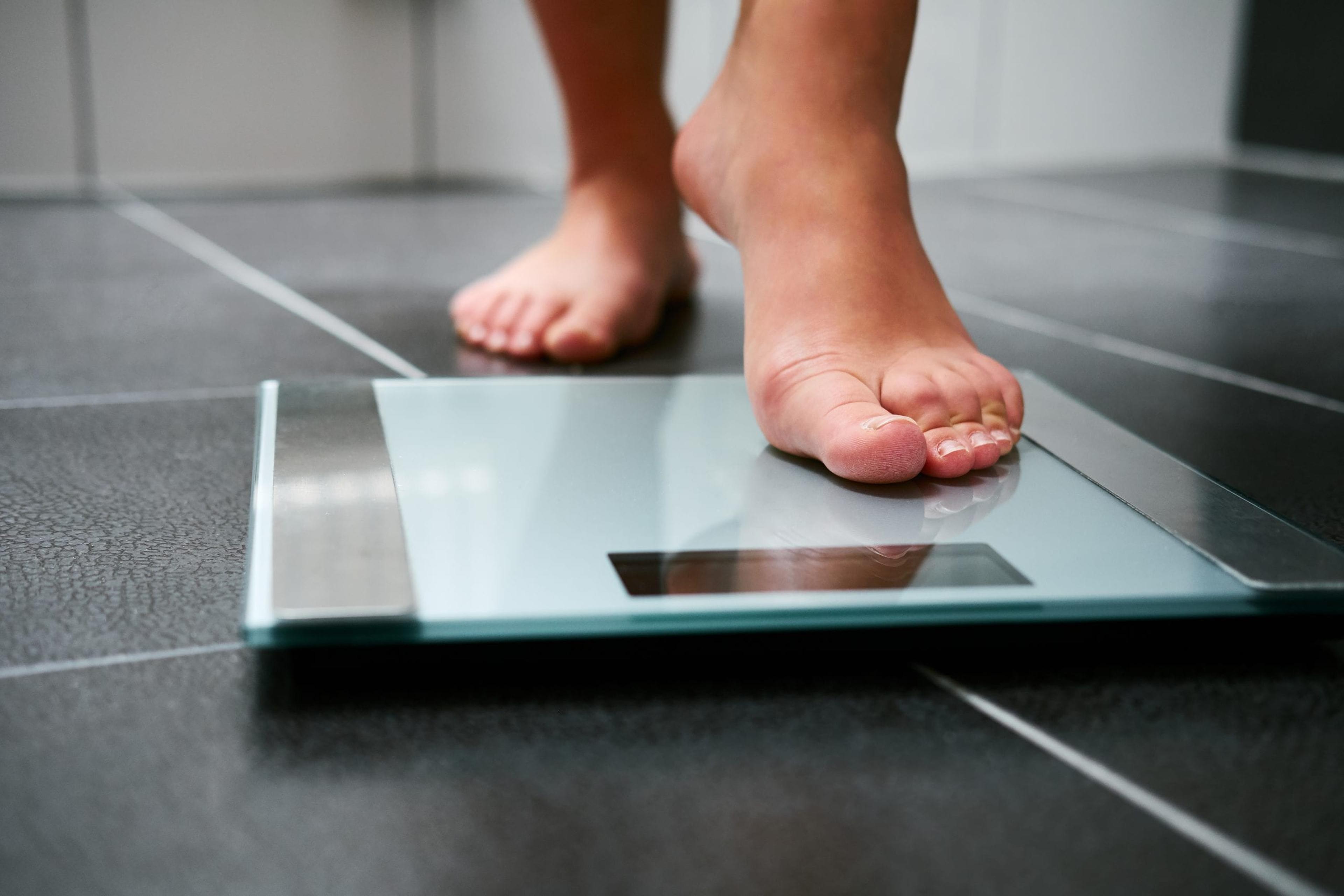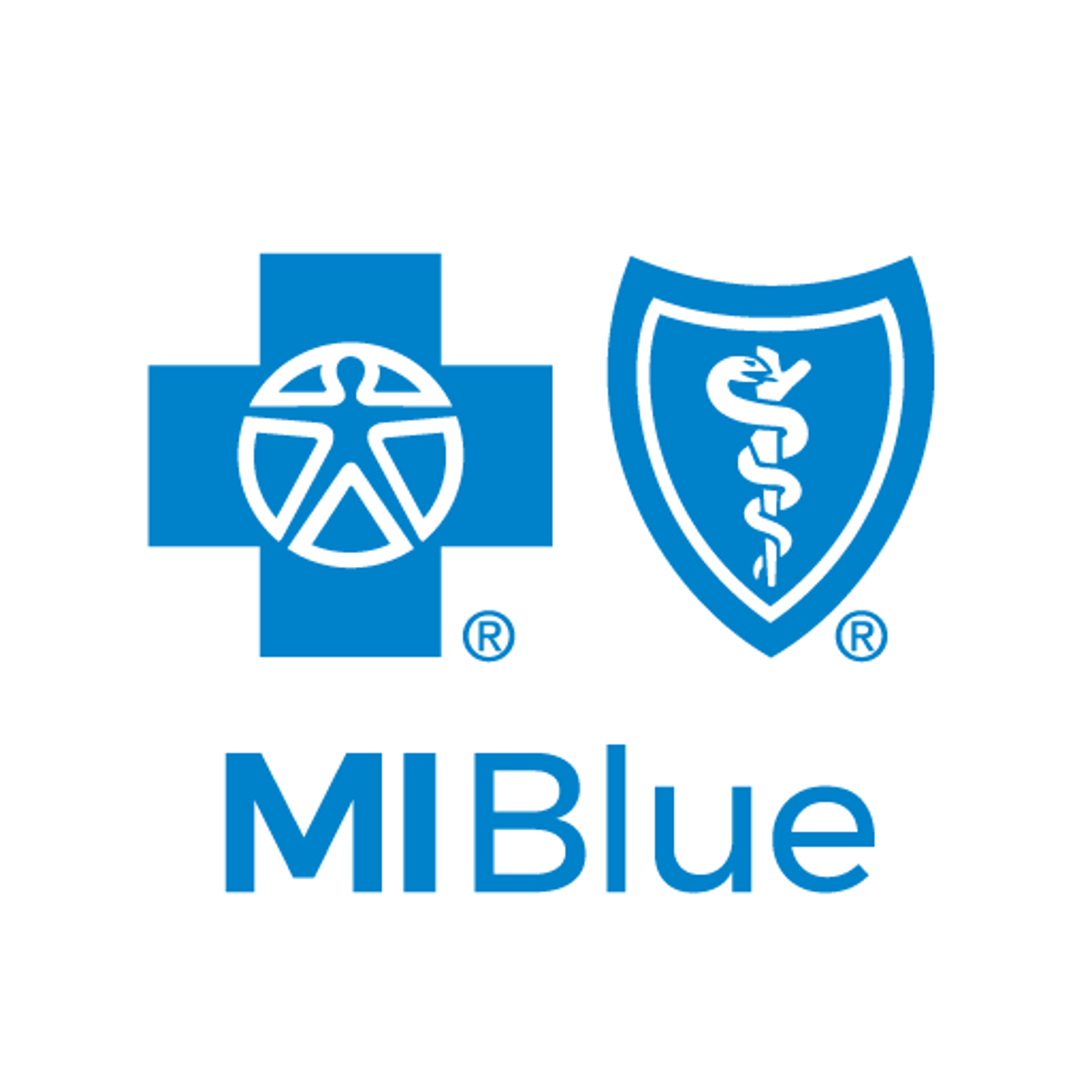
Eating disorders affect 30 million men and women in the United States and have the highest death toll of any mental illness. This psychological condition is characterized by an abnormal or disturbed relationship with food, which can result from a number of biological, psychological and socio-cultural factors. Unfortunately, eating disorders can derive from continued habits of disordered eating, which are often overlooked. By identifying and addressing these behaviors, a person can protect themselves and loved ones from more serious, long-term health issues down the road. Understanding & Identifying Eating Disorders Some of the most common eating disorders to impact people of all ages, genders and ethnicities, include: Anorexia Nervosa, which involves food deprivation, over-exercising and/or relying on a laxatives/supplements to achieve weight loss. Bulimia Nervosa, which consists of compulsive overeating followed by an extreme weight loss measure such as purging, and Binge-Eating Disorder, which involves consuming large quantities of food in a short period of time. Those unable to identify a specific eating disorder should consider some of the following behaviors warning signs:
- Complaints of bruising, constipation, abdominal pain and/or lethargy
- Consistent negative dialogue about weight and body shape
- Discolored teeth
- Discomfort eating in public
- Dry skin accompanied by brittle or thinning hair
- Frequently skipped meals
- Noticeable fluctuation in weight, loss or gain
Overlooked Habits of Disordered Eating Although not everyone suffers from an eating disorder, most people are guilty of disordered eating at some point in their lifetime. The Academy of Nutrition and Dietetics defines this as irregular eating behaviors that may or may not warrant a diagnosis of a specific eating disorder. Some of the most common habits that negatively impact a person’s relationship with their body and food, include:
- Food Restriction: Dieting is a widely-accepted form of disordered eating that usually involves restriction or eliminating food groups to achieve fast-turn weight loss. Believe it or not, these habits are shown to have the opposite effect and, in most cases, lead to weight gain. Incorporating good nutrition into meals should be an everyday, lifelong habit.
- Emotionally-Driven Eating: It’s common to eat out of stress, worry, boredom, or even happiness – unfortunately, this pattern can lead a person to experience an unhealthy relationship with food. Intuitive eating, or making food choices without guilt or ethical dilemma, takes the stress away from eating and allows a person to be more mindful about what they are consuming, how much they are consuming and how often they are fueling their body.
- Negative Self-Talk: Dwelling on physical appearance or allowing it to dictate meal choices can be harmful to a person’s self-esteem and well-being. Regular negative self-talk can also lead to poor gut health, low energy levels, loss of appetite and even irregular sleeping patterns. To tackle this, try replacing negative feelings with statements of gratitude or positivity.
- Strict Meal & Exercise Routines: Disordered eating often disguises itself in control, usually through a combination of diet and exercise habits. Because of this, a person who finds themselves regularly preoccupied planning out their meals or creating a strict workout plan to make up for “bad” dietary choices may be establishing an unhealthy pattern.
About the author: Grace Derocha is a registered dietitian, certified diabetes educator and certified health coach at Blue Cross Blue Shield of Michigan. If you found this post helpful, read these:
- Why 'Diets' Don't Work and What Does
- Blue Cross Dietitian Featured in Women's Health Magazine
- Eating Disorders: More than a Stereotype
Photo credit: Rostislav_Sedlacek






